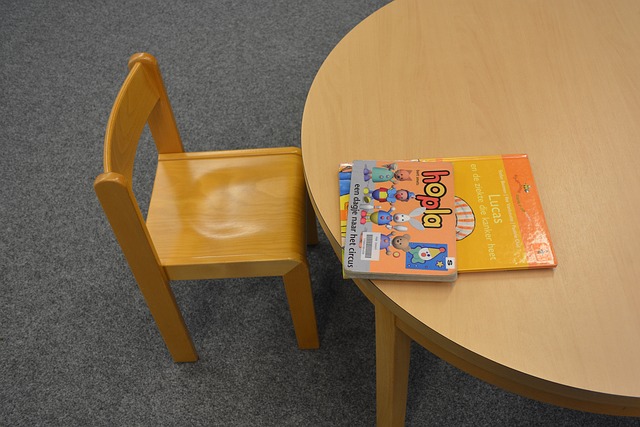En inglés existen las expresiones there is y there are para indicar que un objeto o una persona se encuentran en determinado lugar:
Ejemplos:
- There is a pencil on the table.
- There are two books on the table.
A diferencia del español donde usamos invariablemente la palabra “hay”, la forma del verbo to be cambia en función de la naturaleza del sujeto:
There is
- Usamos esta expresión cuando el sujeto es un sustantivo singular. Y en este caso, el sustantivo lleva el artículo indefinido (a/an):
There is an apple in the basket - También la usamos cuando se trata de un sustantivo incontable, los que pueden llevar cuantificadores como some, any, much, a lot of etc:
There is some tea in the pot.

Ejemplos y traducción
| Ejemplo | Traducción | Pronunciación |
|---|---|---|
| There is a book on the table | Hay un libro en la mesa. | [Dér iz a buk on de teibol.] |
| There is a cat in the garden | Hay un gato en el jardín. | [Dér iz a cat in de garden.] |
| There is a car in the garage | Hay un coche en el garaje. | [Dér iz a kar in de garaj.] |
| There is a dog in the park | Hay un perro en el parque. | [Dér iz a dog in de park.] |
| There is a bird on the roof | Hay un pájaro en el tejado. | [Dér iz a berd on de ruf.] |
| There is a tree in the backyard | Hay un árbol en el patio trasero. | [Dér iz a tri in de bakyard.] |
| There is a man at the door | Hay un hombre en la puerta. | [Dér iz a man at de dor.] |
| There is a pen on the desk | Hay un bolígrafo en el escritorio. | [Dér iz a pen on de desk.] |
| There is a computer in the office | Hay una computadora en la oficina. | [Dér iz a kampiúter in de ofis.] |
| There is a cup on the counter | Hay una taza en la encimera. | [Dér iz a kap on de káunter.] |
There are
- Usamos esta expresión cuando el sujeto es un sustantivo plural:
There are two apples in the basket. - En inglés los sustantivos irregulares, aunque no lleven la marca “s”, requieren el acuerdo en plural con el verbo to be:
- There are a lot of people in the street.
- There are twenty children in the class.
Ejemplos y traducción
| Ejemplo en inglés | Traducción al español | Pronunciación |
|---|---|---|
| There are two dogs in the park | Hay dos perros en el parque | /ðer ɑr tu dɑgz ɪn ðə pɑrk/ |
| There are three people in line | Hay tres personas en la fila | /ðer ɑr θri pípol ɪn láɪn/ |
| There are many books on the shelf | Hay muchos libros en el estante | /ðer ɑr ˈmɛni bʊks ɒn ðə ʃɛlf/ |
| There are some apples in the basket | Hay algunas manzanas en la cesta | /ðer ɑr sʌm ˈæplz ɪn ðə ˈbæskɪt/ |
| There are no chairs in the room | No hay sillas en la habitación | /ðer ɑr noʊ ʧɛrz ɪn ðə rum/ |
| There are five bedrooms in the house | Hay cinco habitaciones en la casa | /ðer ɑr faɪv ˈbɛdrʊmz ɪn ðə haʊs/ |
| There are several options to choose from | Hay varias opciones para elegir | /ðer ɑr ˈsɛvrəl ˈɑpʃənz tu ʧuz frɒm/ |
| There are many birds in the tree | Hay muchos pájaros en el árbol | /ðer ɑr ˈmɛni bɜrdz ɪn ðə tri/ |
| There are two cars in the garage | Hay dos coches en el garaje | /ðer ɑr tu kɑrz ɪn ðə ɡəˈrɑʒ/ |
| There are a lot of people in the park | Hay mucha gente en el parque | /ðer ɑr ə lɒt əv ˈpipəl ɪn ðə pɑrk/ |
Forma negativa para There are / There is
La forma negativa de las expresiones there is / there are se construye con not:
- There isn’t any apple in the basket.
- There aren’t twenty children in the class.
Cuando no hay ningún o ninguna se utiliza el cuantificador any.
La forma interrogativa
La forma interrogativa se construye cambiando la posición entre el verbo to be y el sujeto there:
- Is there an apple in the bag?
- Are there twenty children in the school?





 Muere Evita
Muere Evita